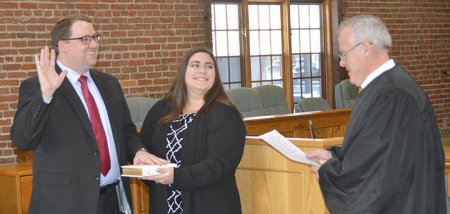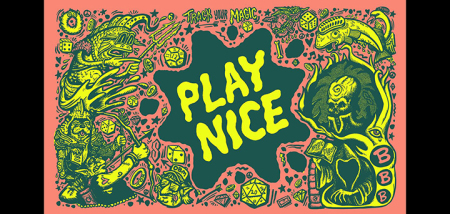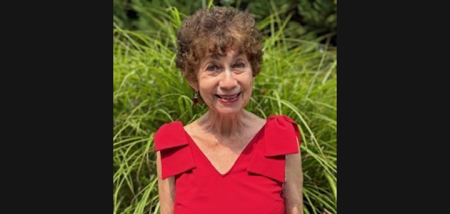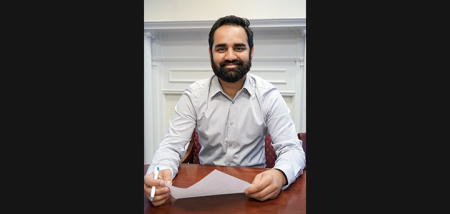TILTING AT WINDMILLS: David Copperfield's History Of Magic
Published:
January 13th, 2023
By:
Shelly Reuben
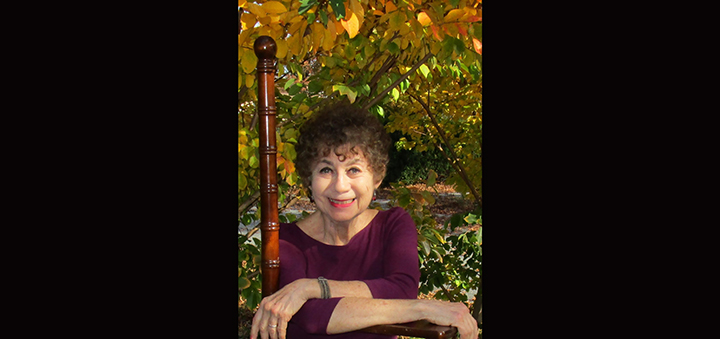
David Copperfield makes me cry.
This has happened twice.
Over 25 years ago, I was writing a novel about the mayor of a town, who is also a magician. For my research, I went to see Copperfield’s Broadway production, Dreams and Nightmares and (lo and behold!), I discovered that conjurers don’t just vanish elephants and do card tricks. They also tell stories.
During the last act of that show, tears started to fall as he dramatized the wonderment of his first experience with snow. They continued to stream down my face as a pretty girl met him mid-stage and, like a dream hero from a fairytale, he lifted her into his arms and began to fly with her around the stage.
The second time David Copperfield made me cry was last night, while I was preparing to write this book review. Browsing through the Internet, I happened upon a video of one of his effects called “Portal 2001.” In it, he transports a young man to Hawaii before our disbelieving eyes, and reunites the man with his long-lost father, whom he hadn’t seen in many years.
An illusion? Yes.
But WHAT an illusion!
All of these memories and all of my research were inspired by David Copperfield’s History of Magic, published in 2021 by Simon & Schuster. This book is not autobiographical, although reverence for his art permeates every beautiful line of prose on every beautifully imagined page. It is, instead, a verbal and pictorial visit to David Copperfield’s International Museum and Library of the Conjuring Arts, illustrated with the magnificent artifacts he has been accumulating since 1991, when he purchased over 20,000 magic books and journals from John Mulholland’s estate. The Mulholland collection became the cornerstone of the Las Vegas museum.
David Copperfield begins his History of Magic (and tour of his museum) with Discoverie of Witchcraf, written by Reginald Scot in 1584. Scot’s purpose, in an age of superstition and intolerance, was to expose witch hunting as “the barbaric persecution of the vulnerable, old, and ill.” It was also the first book in the English language to present a “detailed description of sleight of hand and conjuring.”
He then introduces us to Jean-Eugène Robert-Houdin, born in France and considered to be “the father of modern magic.”
Among the cherished artifacts in Copperfield’s museum are: Houdin’s “mystery clocks,” the dials of which appear not to be connected to any mechanism; Houdin’s “marvelous orange tree,” which grows and blossoms and produces clockwork butterflies with fluttering wings; and his mechanical model of a French bakery, with a tiny automata pastry chef who can produce for the audience any of their favorite pastries or cakes.
Copperfield’s favorite of Houdin’s artifacts, however, is The Ethereal Suspension, a “lighter than air effect,” about which he writes, “when I first held the item I was reduced to tears and it has had a similar emotional impact on many of the magicians who have visited the museum.”
Among Copperfield’s heroes are long forgotten superstars from the past, as well as luminaries no one could ever forget, like the greatest escapologist of all time, Ehrich Weiss (Harry Houdini). Houdini also admired Robert-Houdin. So much so that he even appropriated his name!
Each chapter in David Copperfield’s History of Magic deals with a particular magician or establishment devoted to performing, creating, or disseminating magic, and they are all very, very interesting. What makes this book outstanding, though, is how Copperfield communicates his love for magic; the joy that he gives to magic; and the joy that he gets from magic.
Purely irresistible.
Among the magicians we meet are:
JOHN NEVIL MASKELYNE, whose “pioneering work combining illusion and narrative had a significant influence on popular culture” … and whose impact was so great that “I studied the work of great film directors like Frank Capra and Orson Wells, and I am passionate about building a sense of story into my magic.”
BUATIER DE KOLTA, who “had an astonishing gift for creating new illusions using...engineering marvels;” and whose “enduring work perfectly illustrates how magicians transform nuts and bolts into wonder and awe.”
HARRY KELLER, who toured “around the world learning the trade of his tricks” and “making women levitate high into the air, have objects vanish in the blink of an eyes, and even appear to cut off his own head and have it float around the stage.” Copperfield ends his tribute to The Dean of Magicians with these words, “Harry Keller was a wonderful wizard, because...because because because ... because of the wonderful things he did” (borrowing from the song in the Wizard of Oz), and in so doing, casts a spell of lyricism about the magician, and catches the reader up in the very same spell.
HARRY BLACKSTONE “grabbed audiences by the imagination, and never let go!”
MAX MALINI “was doing what he always did best – planning, preparing, and practicing for his next spontaneous miracle.”
HOUDINI is “one of my magical heroes. His ability to think big and develop innovative pieces of theater has influenced my own work, and helped inspire me to stage a series of dramatic illusions, including walking through the Great Wall of China and making the Statue of Liberty disappear.”
About magicians in general, Copperfield writes, “Often, it isn’t an especially glamorous life, and they may never achieve fame and fortune. Nevertheless, they are there, day after day, night after night, putting a smile on people’s faces and bringing some much-needed wonder into the world.”
And lest we haven’t figured it out by page 159, he reminds us that “Great conjurers often make magic look easy, but these apparently effortless performances are perhaps their greatest illusion.”
There is much more in this book than the surface that I have barely scratched, but what dominates every page is David Copperfield’s love of magic, his belief that “watching a great magic show opens people’s minds and inspires them to achieve the extraordinary in their everyday lives,” and his commitment to keep performing because “young people are like miniature mystery boxes full of hope and possibilities.”
David Copperfield ends this marvelous, marvelous book (buy it!) with these words:
“When I show visitors around the museum I imagine my magical heroes quietly standing in the shadows and listening to my tour: Jean-Eugène Robert-Houdin. John Nevil Maskelyne. Harry Keller. Howard Thurston. Dante. Harry Houdini. Cardini. Channing Pollock. The list goes on. Through the magic of my museum they continue to help the new generations to conjure up a wonderful future for my beloved art.
“I am honored to stand on their shoulders.”
Copyright © Shelly Reuben, 2023. Shelly Reuben’s books have been nominated for Edgar, Prometheus, and Falcon awards. For more about her writing, visit www.shellyreuben.com
Author: Shelly Reuben - More From This Author
Comments
